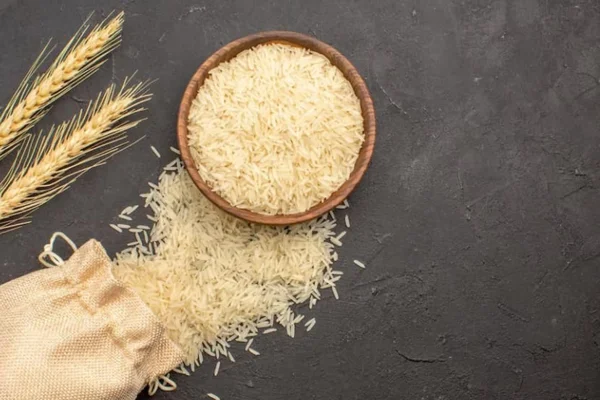Non-Basmati Aromatic Rice Grading and Marking Rules enhance quality standards for Bengal’s premium rice varieties.
Key highlights of the rules:
- 5 premium non-Basmati rice varieties from West Bengal- Gobindabhog, Tulaipanji, Kataribhog, Kalonunia, and Radhunipagal.
- These rules mandate that authorized packers must either establish their own laboratory or utilize an approved one to test the rice quality, marking the first such requirement for any non-Basmati variety.
- For domestic trade, packers are required to adhere to FSSAI standards, while for exports, compliance with the residual limits set by the Codex Alimentarius Commission (CAC) or the importing countries is necessary.
- The packaging must conform to the Food Safety and Standards (Packaging) Regulations, 2018, Food Safety and Standards (Labelling and Display) Regulations, 2020, and Legal Metrology (Packaged Commodities) Rules, 2011.
About 5 rice varieties:
- Gobindabhog is known for its short grain, white, aromatic, sticky texture, and sweet buttery flavor.
- Tulaipanji is characterized by its medium-long slender grain, non-sticky texture, and high amylose content, making it an indigenous aromatic rice.
- Kataribhog is a premium, fat-free scented rice, ideal for making khichuri, pulao, and biryani.
- Radhunipagal is a traditional, small-grained, scented rice grown in the rahr and gangetic plain regions of West Bengal.
- Kalonunia, recently awarded the GI tag in 2024, is celebrated as the ‘Prince of rice,’ distinguished by its black husk and white rice color, with ‘Kalo’ meaning black and ‘Nunia’ indicating an indigenous rice variety in Bengali.
Ref: Source
| UPSC IAS Preparation Resources | |
| Current Affairs Analysis | Topperspedia |
| GS Shots | Simply Explained |
| Daily Flash Cards | Daily Quiz |



